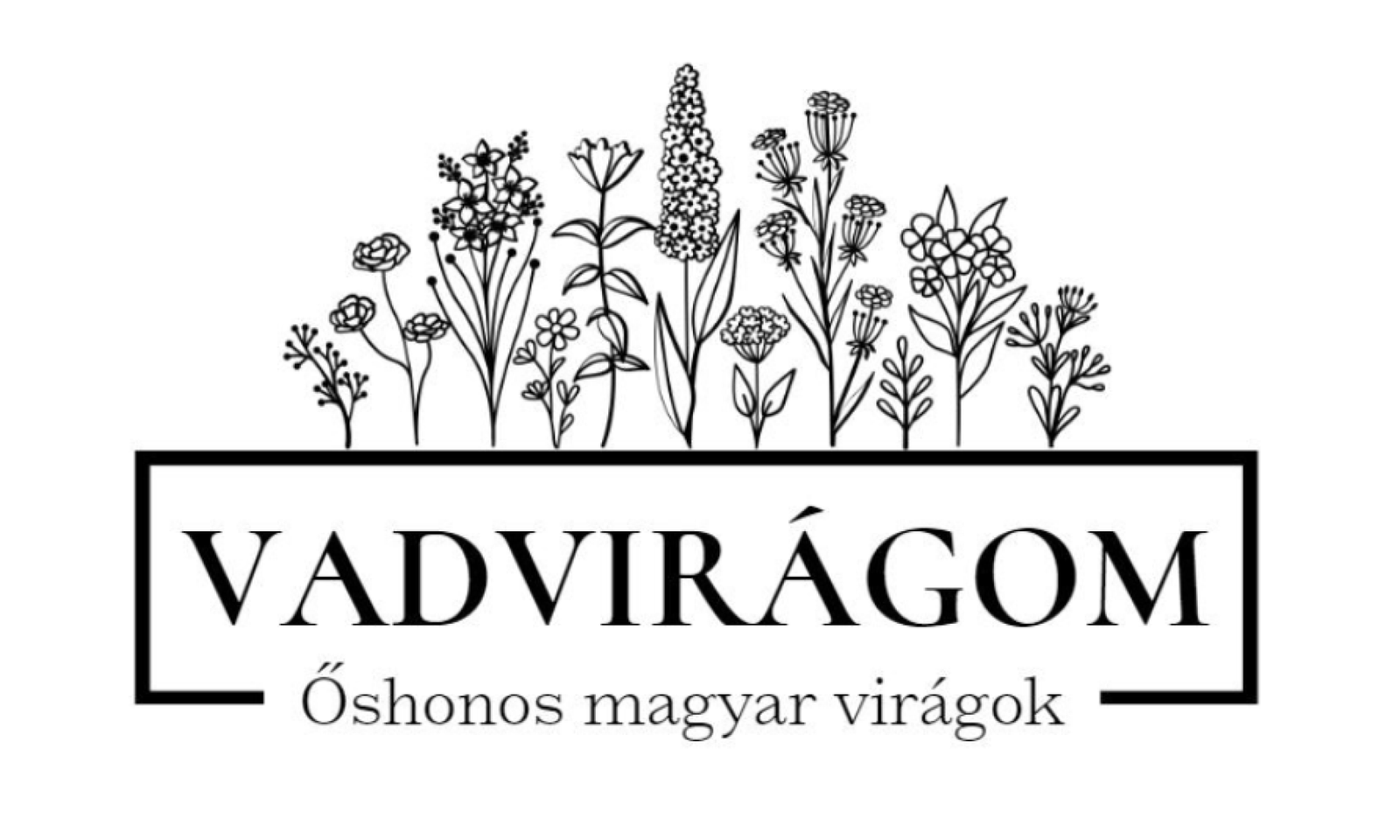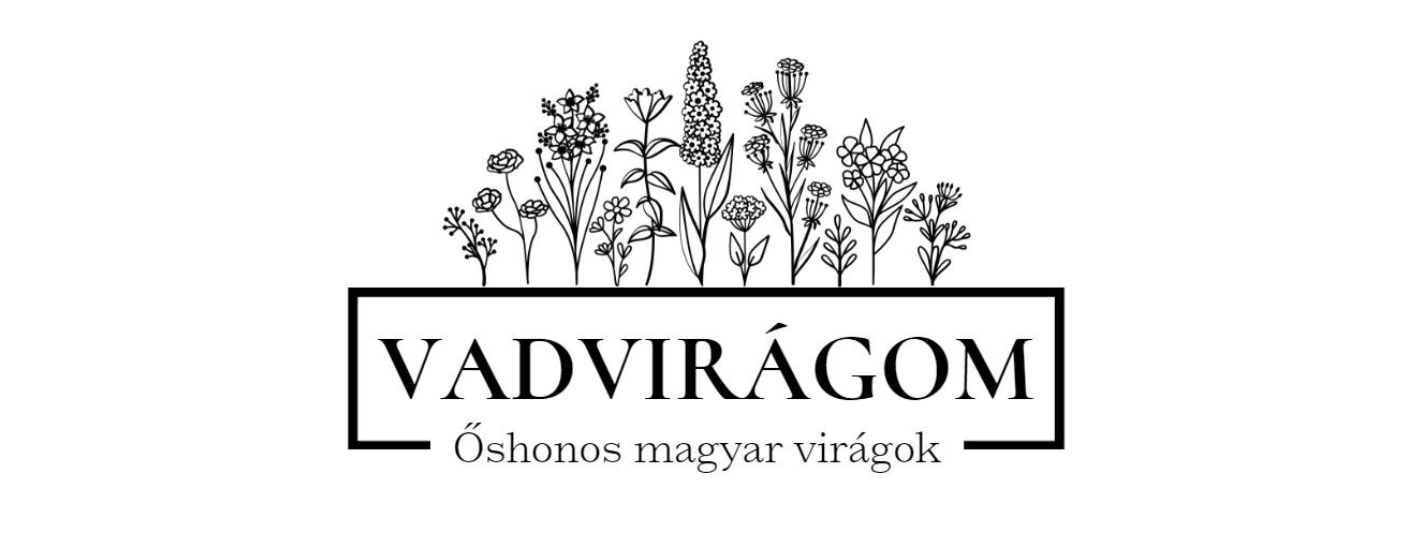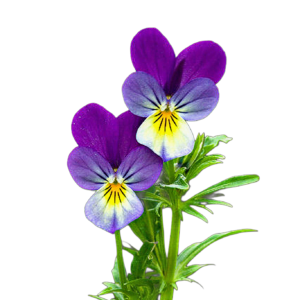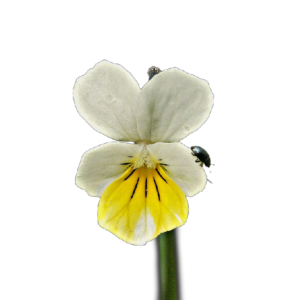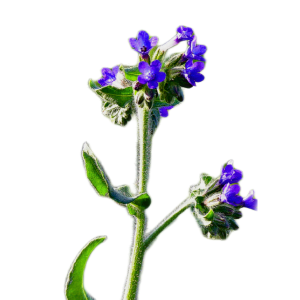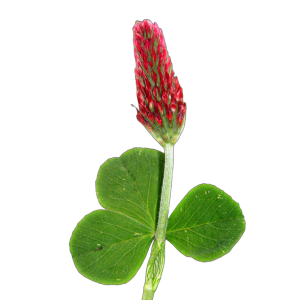-
- Add to basket
- annual, biennial
Iceland Poppy (Papaver nudicaule) 0,25g, ~2000 seeds
- 875 Ft
- Contrary to its name, the Icelandic poppy (Papaver nudicaule) is not native to Iceland, but to the northernmost part of the world. It is a relative of our poppy, which flowers in the same year when sown in early spring and in the following year when sown later, so it can be considered a cold-tolerant annual/biennial. In Scandinavian mythology it has been associated as a symbol of sleep, while in other cultures it has been associated with peace and prosperity. It blooms later than the field poppy, so it...
-
- Add to basket
- biennial
Common burdock (Arctium lappa) 0,5g, ~30 seeds
- 875 Ft
- The common burdock (Arctium lappa) is a native Hungarian wildflower, which attracts hordes of pollinators with its impressive flowers that grow the year after sowing. Many people mistake it for thistle, but unlike thistle, its leaves are not prickly. Feel free to stroke the first year's growth of the leaf buds :) In 17th century Europe, it was used to treat burns and tumours, while in Japan its root has been consumed for thousands of years, where it is known as Gobo.
